Rabbit Haemorrhagic Disease (RHD)
New Zealand has three strains of Rabbit Haemorrhagic Disease Virus (RHDV), which is also known as rabbit calicivirus.
- RHDV1v 351 was illegally released in 1997
- RHDV1 K5 (Korean variant) was released in March/April 2018
- RHDV2 was detected in a wild rabbits in 2018.
These viruses are now present in wild rabbits throughout the country and present a risk to unvaccinated pet rabbits.
There is no specific treatment for RHDV and mortality rates can be very high. Prevention through vaccination and biosecurity measures is recommended.
How it spreads
The RHD virus is spread through:
- direct contact with other rabbits – through secretions from their eyes, nose, and mouth or through faeces or urine. Sick rabbits are highly infectious to other rabbits.
- insects such as flies, fleas, and possibly some mosquitos, which can carry the virus.
- contact with contaminated objects such as bedding, cage accessories, food, water, soil and grass or contact with contaminated people and clothing.
Signs of Disease
Unfortunately many rabbits show no symptoms until sudden death within 12-36 hours of infection. However, affected rabbits may show other signs such as:
- Anorexia (not eating).
- Reluctance to move.
- Depression and dullness.
- Nervous signs such as convulsions, wobbliness, paralysis, backward arching of the head, and neck, and paddling movements.
- Difficulty breathing, frothy and bloody nasal discharge, and cyanosis (bluish appearance of the gums).
- If your rabbit seems unwell contact your veterinarian immediately.
How to protect your rabbit
Vaccination
There are currently two vaccines available for protection against RHD. The New Zealand Veterinary Association (NZVA) recommends that when Filavac VHD K C+K is available, it should be used to provide protection to rabbits against both of the RHDV1 viruses known to be present in New Zealand, and the newly discovered RHDV2 virus. A vaccine called Cylap is also available which protects against the RHDV1 viruses.
Pet rabbits should be vaccinated from 10 weeks of age, and boosters given according to your veterinarian's recommendation.
Owners of rabbits that have been previously vaccinated, should ensure that booster vaccines are up-to-date, as annual boosters are required to maintain protection.
Prevention
In addition to vaccination, these measures to reduce potential exposure to these viruses will also reduce the risk of a pet rabbit contracting a RHD virus:
- Control insects (especially flies and fleas) as much as possible both indoors and outdoors. Flies are the main vector through which the virus is spread.
- Remove uneaten food on a daily basis so as not to attract flies.
- Keep your pet rabbit indoors where possible.
- Rabbit-proof your backyard to prevent access by wild rabbits.
- Regularly decontaminate equipment and materials (eg. cages, hutches, bowls) with either 10% bleach or 10% sodium hydroxide. Leave for 10 minutes then rinse off.
- Limit contact with and handling of unfamiliar pet rabbits. Take special precautions if attending events where unfamiliar rabbits are present, such as petting zoos, rabbit shows and rescue centres.
- Use good biosecurity measures (eg. wash hands, shoes and clothing) after handling other people’s rabbits.
- Avoid cutting grass and feeding it to your rabbits if there is the risk of contamination from wild rabbits.
- Sick rabbits must be isolated from other rabbits until 14 days after they have fully recovered.
- Take any dead rabbits to your veterinarian for cremation rather than burying them to avoid contaminating your property with the virus and putting any new rabbits you introduce at risk.
- Isolate new rabbits for 7 days and ensure they are in good health before introducing to other pet rabbits.
- Rinse all leafy greens well before feeding them to rabbits. While feeding rabbits leafy greens remains a risk for introducing RHDV2, the benefits of feeding these is considered to outweigh the risks.
- Please speak to your veterinarian for more advice and support.
